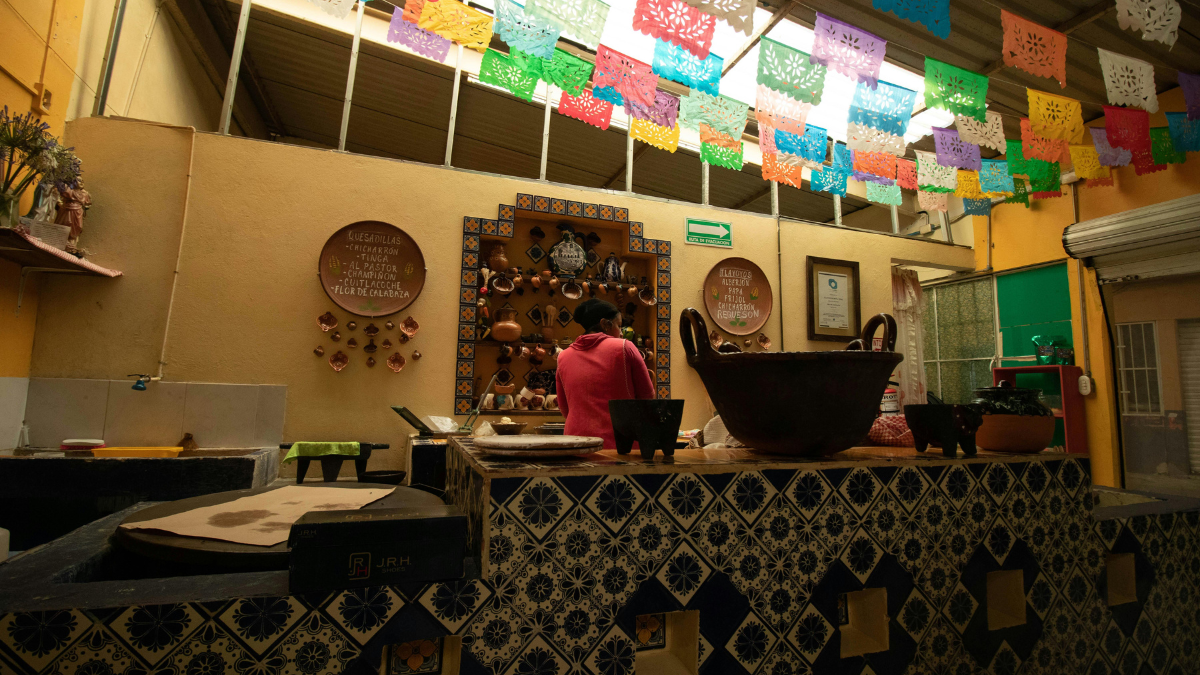When you hear the words “food safety,” your mind may conjure up images of expired food or ingredients riddled with bacteria. However, restaurant safety involves so much more than keeping food in pristine conditions. Did you know that the average menu has as many as 185,000 bacteria per square centimeter, owing to frequent handling and infrequent cleaning? Studies have shown that menus can contain bacteria such as Staphylococcus, which can cause skin infections and more serious illnesses. They can also contain Salmonella and E. coli, both of which raise the risk of diseases and digestive upset. There’s no need to panic, of course. To ensure your meals help preserve your health, simply take a few precautions and learn more about the restaurants you choose to dine at.
Observing The State of Dining Establishments
When visiting a restaurant, take a good look around and try to notice signs of uncleanliness, such as sticky menus, messy kitchen areas, and the state of the restrooms. Restaurants that are professionally cleaned usually have pristine bathrooms that smell fresh and are well-stocked with essentials, including toilet paper, soap, and a hand dryer. Aim to observe how hygienic the staff is, especially those preparing the food. Many restaurants have open kitchens; if so, check if the staff is wearing hairnets and gloves. If you notice staff handling bread with their hands or touching food after handling money, steer clear of the establishment.
Checking for Signs of Pest Infestations
Even if you’re dining on an outdoor terrace in warmer months, insects crawling by your table are a sign that the kitchen, too, could be pest-ridden. Ensure that signs of pests, such as droppings, nests, or egg casings, are absent in dining areas or restrooms. There should be no unusual noises (such as scratching in walls or ceilings), spider webs, grease trails, or unpleasant smells (like mold or ammonia). Doors, windows, and cracks should be sealed to prevent pests from easily accessing interiors. To determine how often your shortlisted restaurants are inspected, check their health inspection reports online. Look out, too, for pest control certificates, which some restaurants display in the kitchen or bathroom. Some restaurants also post their cleaning schedules and practices, which is a significant relief for diners who are concerned about health and safety.
Reading Online Reviews
Online food review sites like TripAdvisor, Google Reviews, and Yelp are a magnificent way to discover more about other diners’ experiences with food hygiene in your shortlist of restaurants. When reading these sites, don’t worry too much if one person doesn’t like the food. Look for patterns in complaints, especially those centered on cleanliness issues, food-borne illnesses, or poor staff hygiene. When searching, filter for keywords like “food poisoning,” “dirty,” and “bathroom.” You may be surprised by the amount of information you discover!
To determine the safety of your favorite restaurant, use your powers of observation. Look at how neat and clean the surfaces appear, and if available, check out the restaurant’s cleaning schedules. Check online for information on health and safety inspections, and also consider other clients’ opinions on the cleanliness levels in your chosen establishments.

